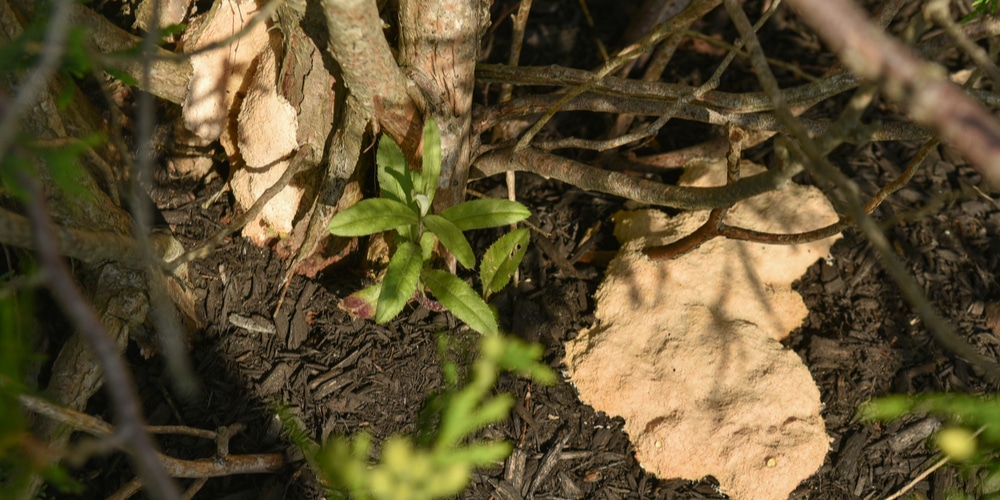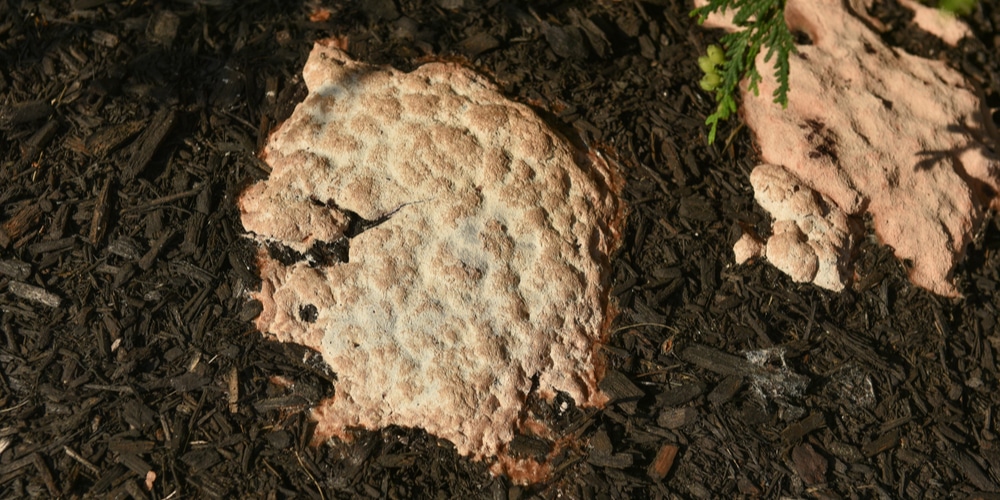Yellow mold in the soil of house plants or outside is a common problem for gardeners. This mold is scientifically known as Fuligo Septica and looks like slime, foam, or bubbles on the soil’s surface. It can grow for many different reasons and can be dealt with it in several ways. When mold forms, this signifies something isn’t quite right with the earth. This article will discuss what causes yellow mold on soil and how you can fix it.
What causes yellow mold in soil?
It’s essential to get rid of any type of mold or fungus you find growing in plants soil. Fuligo Septica, also known as yellow mold, is actually a type of seaweed rather than mold. It can damage the plant’s roots and, in the worse case, can even kill your plants. It’s not toxic to people and isn’t likely to cause skin irritation if you touch it.
However, if you have pets or children, keep them away from the soil, as eating it can cause stomach upset.
Fuligo septica is fast growing and can be in the soil when you buy a new plant from a garden center. The spores can also spread from contaminated potting soil or organic fertilizers and composts and often start to grow after plants have been repotted. It can also form in existing plants due to several factors.
Here are some of the things that cause it to form on your soil:
Overwatering
One of the most common causes of soil issues is over-watering your plants and garden. This causes the soil to become saturated and airless, which is a perfect environment for the growth of molds and fungus.
Low light
If you are growing houseplants in an area that gets low light, you may inadvetically be creating the perfect conditions for mold to grow. It’s common for house plants that are kept in a bathroom to end up with Fuligo Septica in their soil due to moist, humid conditions and a lack of light.
In sunny areas, the sun’s UV rays help to kill off molds and fungal infections in the soil.
How to deal with yellow mold in soil?
Watering your plants properly is the most important step toward dealing with yellow mold in the soil. Before watering, check if the plants need water by inspecting the soil for dryness. Ensure that your plants have well-draining soil so it doesn’t stay wet for long periods.
To prevent fertilization from damaging your plants, don’t use too much organic fertilizer at once. You can also add some compost to your soil to support healthy growth and prevent yellow mold on the soil.
If you’ve noticed a lot of yellow mold in your yard, it’s time to have a clear-up. Remove any rotten leaves and other garden debris, such as twigs and logs. This will help improve oxygen flow around your plants and reduce the chance that mold will form.
You can also remove the mold from the surface of your soil with a trowel. Dig about a quarter inch of topsoil from the surface to eliminate the mold and any leftover spores. Put this in a bag and throw it in the trash rather than adding it to your compost pile. You don’t want the, mold spores to spread the following season.
If the mold returns, you may need to treat your plants with a fungicide. You can also repot houseplants in sterile soil to spot mold from reappearing.
Finally, you should check for unhealthy roots and remove plants with damaged ones to improve the health of your soil. Any unhealthy roots can be treated with a fungicide.
Conclusion
Yellow mold, known as Fuligo Septica, is fairly common and quite treatable. By using the above tips to tackle these issues, you can have a healthy yard and house plants that don’t suffer from this problem.

